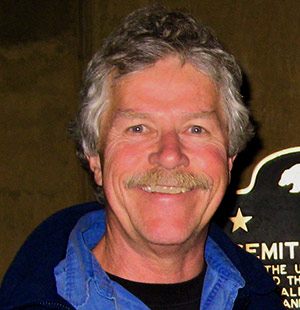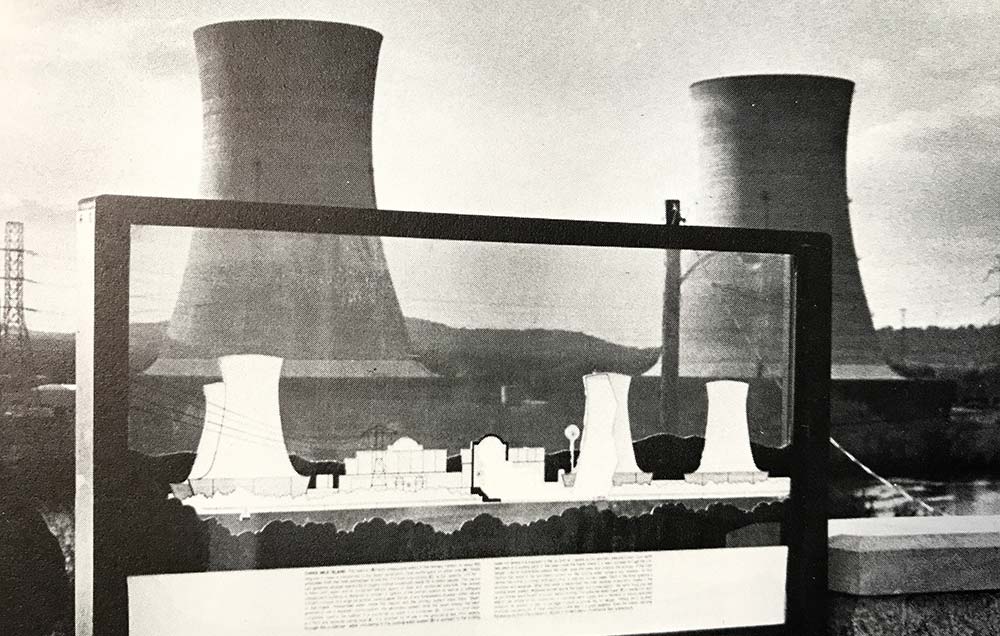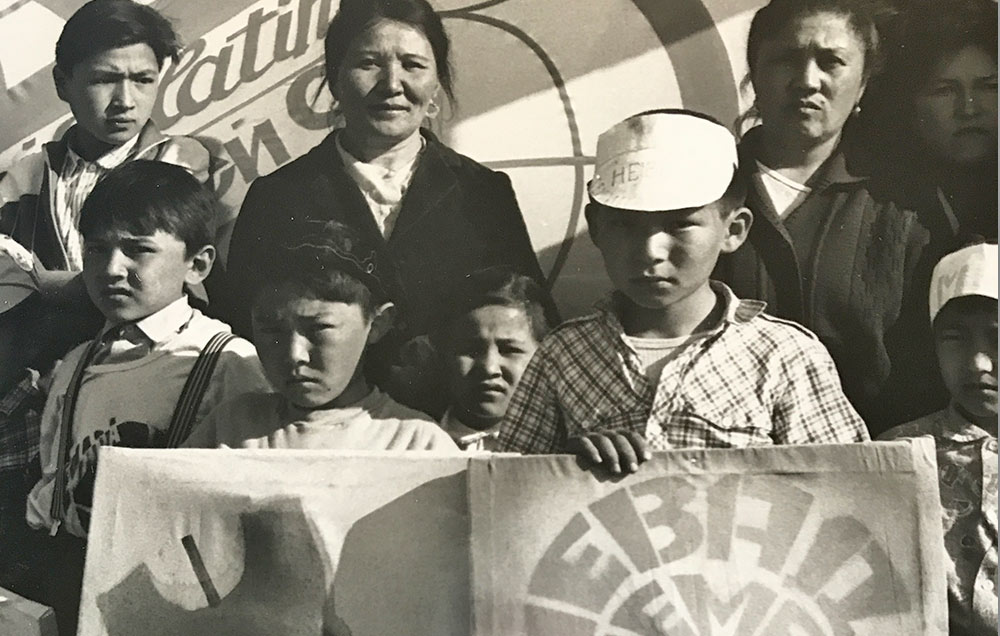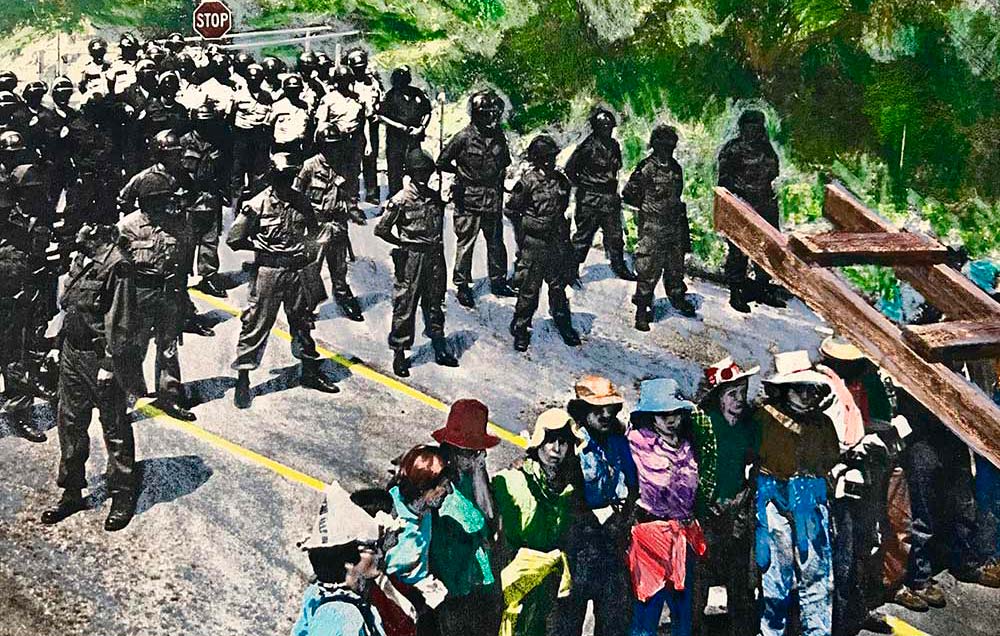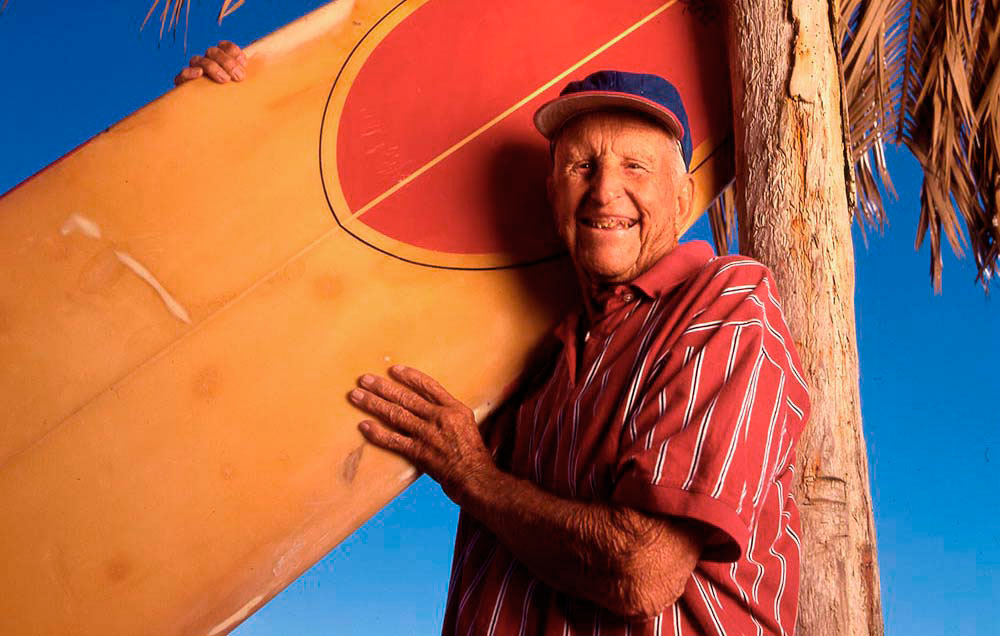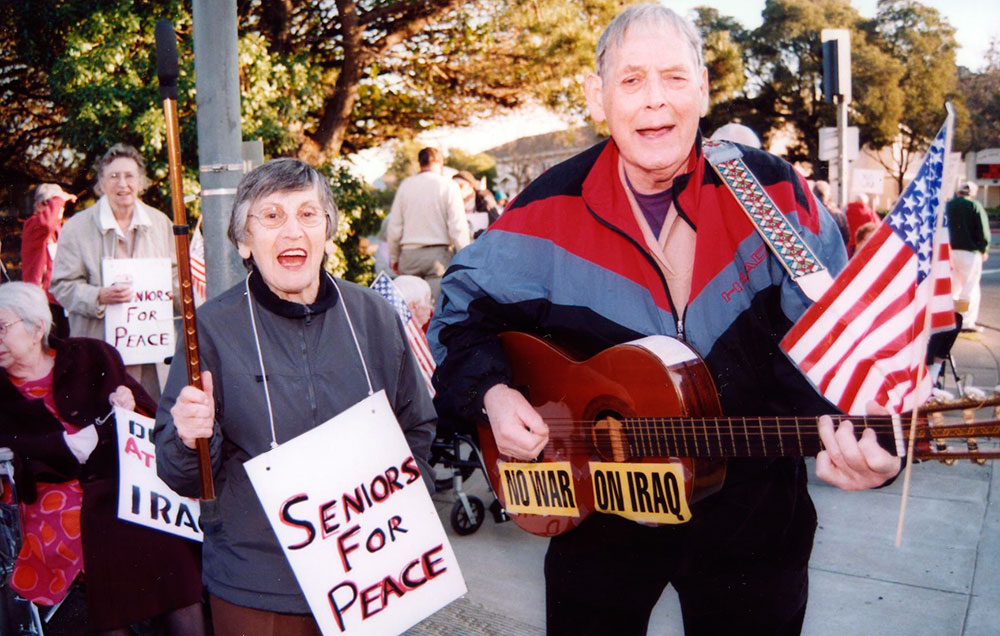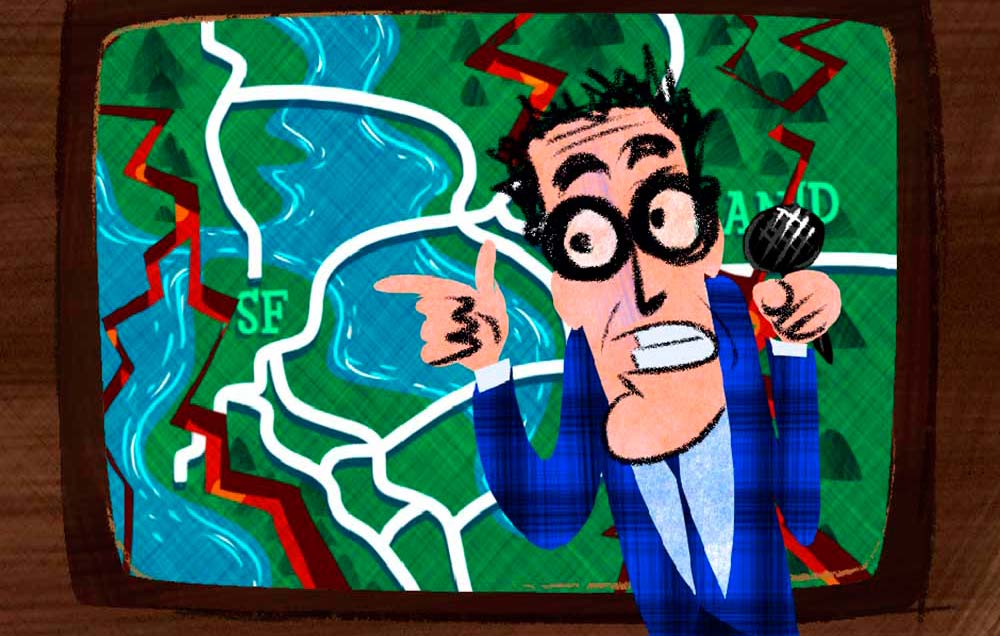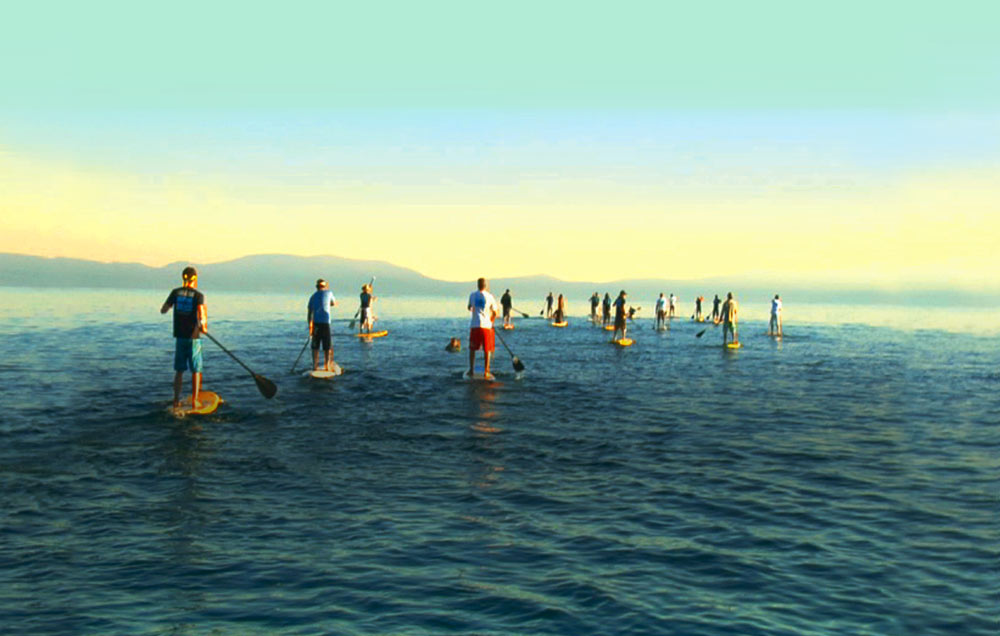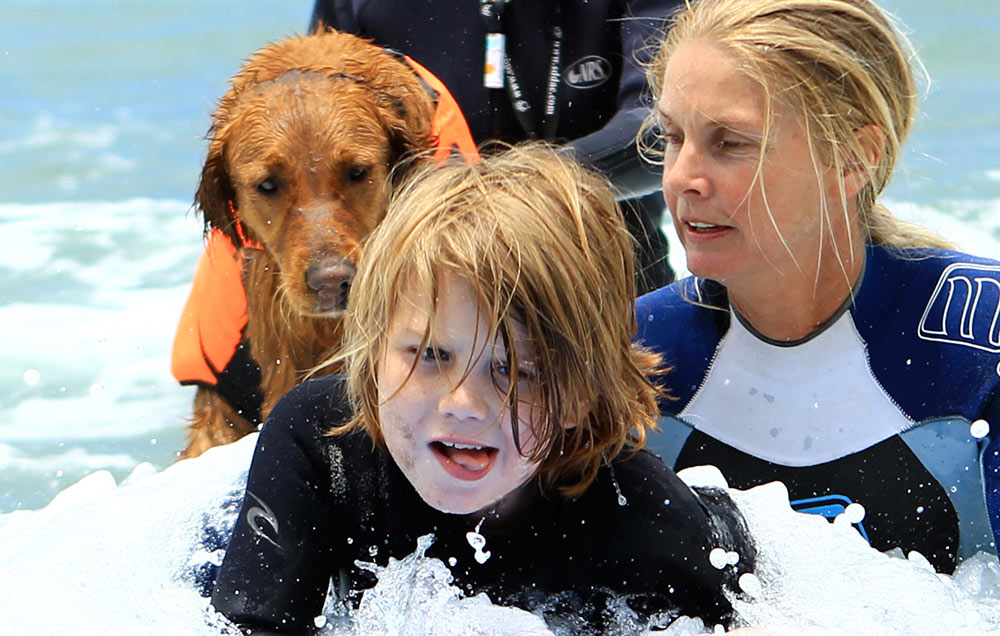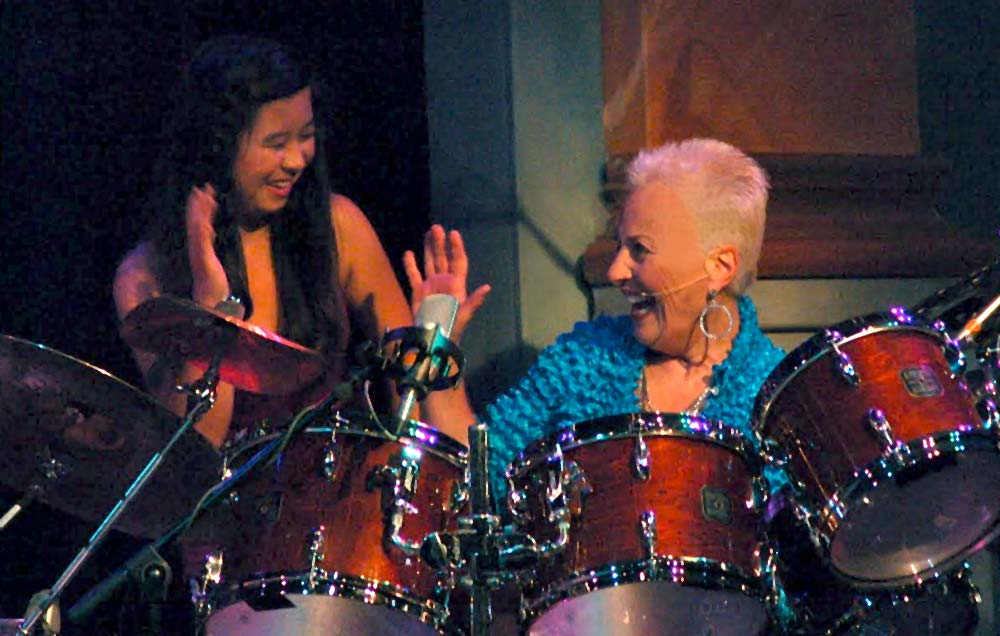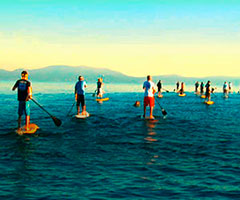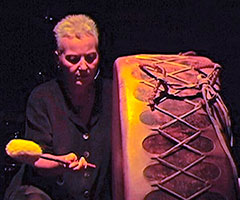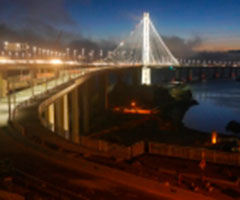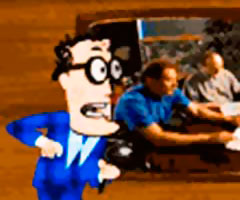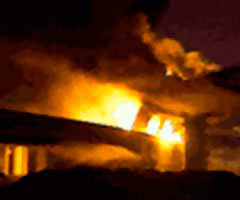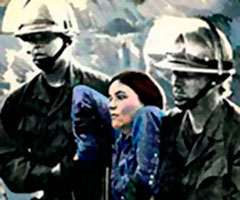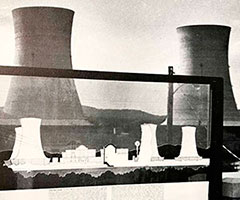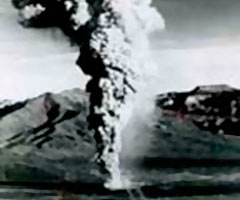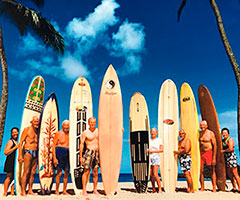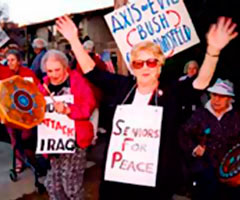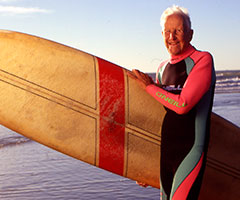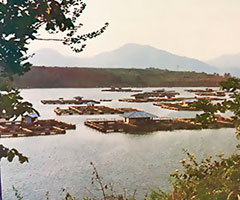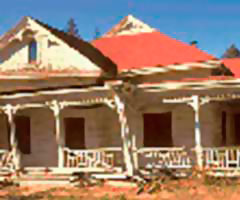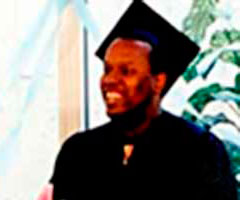Emmy Award-winning
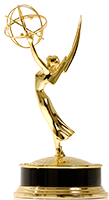

The Bridge So Far – A Suspense Story, won two Emmy Awards from the Academy of Television Arts and Sciences – San Francisco, Northern California Chapter. The Emmy awards were for Outstanding Achievement in Documentary and Outstanding Graphics and Animation in a Program. Animation by Charlie Canfield.
David’s documentary A Span in Time won an Emmy award for Outstanding Graphics and Animation in a Program in 2009. Animation by Charlie Canfield.
My filmmaking career took a leap forward around addressing the nuclear issue, beginning with the accident at Three Mile Island Nuclear Power Plant. I wrote this article for Release Print on the many illustrious members of the documentary community who were also galvanized to focus on the nuclear issue starting in March of 1979.
The Nuclear Issue Galvanizes Local Filmmaking, Helps to Build Film Community
The event that galvanized me into involvement with the nuclear issue, along with thousands of documentary filmmakers across the country (and dozens in the Bay Area), was the melt-down at the Three Mile Island Nuclear Power Plant in March of 1979. Like countless others, I had seen “China Syndrome” (and identified strongly with Michael Douglas as the passionate news cameraman) days before the TMI accident, and had been profoundly affected by the extraordinary life-imitating-art story. I immediately shelved the Masters film project on the Zen of sport I’d been shooting for over a year to focus on the nuclear power issue. I proceeded to make two docs on nuclear power, then gravitated (along with the rapidly-growing antinuclear movement) to issues of nuclear weapons and nuclear war. I was unable to tear myself away from the nuclear issue until the end of the cold war fourteen years later, when I completed the final broadcast version of “Bound by the Wind,” my doc on the global human impact of nuclear weapons testing.
My research on nuclear issue films in 1979-’81 led me to hundreds of documentaries. The first one I saw (and one of the very best) was “Paul Jacobs and the Nuclear Gang,” directed by Saul Landau, shot by Haskell Wexler. I found several dozen nuclear docs in production with two of the most exciting and ambitious being produced in the Bay Area: “Dark Circle,” about the deadly links and impact of plutonium by Chris Beaver and Judy Irving and “The Day After Trinity,” the story of J. Robert Oppenheimer and the making of the Bomb, by Jon Else. It quickly became clear that the nuclear issue had become the issue for me and for a great many social issue docmakers throughout the country and the world, and it continued to be so for nearly a decade after TMI.
My first FAF-sponsored project grew out of my research on nuclear issue films. The Nuclear Film Forum, a 10-session symposium in 1981, screened 36 films on nuclear issues with panel discussions and debates. We were thrilled to open with “The Day After Trinity” with a panel featuring Frank Oppenheimer (the “uncle of the bomb”—Robert’s brother). “Dark Circle” was still in post-production, but I was very pleased to be able to screen it in the Peace Image Festival that I produced during 1984’s Democratic National Convention in San Francisco, along with 60 other films on peace and environmental issues.
“The Day After Trinity” and “Dark Circle,” the films and the filmmakers Jon Else, Chris Beaver and Judy Irving, were all very important and very inspirational role models for me as I made films on the nuclear issue and then on other environmental and social justice issues. Both films are exemplary documentaries by exemplary documentary filmmakers — made with passion, intelligence, integrity, tenacity and commitment. Both films combine remarkable storytelling with superb craftsmanship and investigative reporting. “Trinity” was nominated for an Oscar, and “Dark Circle” (after being suppressed— actually censored—by PBS for five years) won a national Emmy Award. I am indebted to Chris and Judy for generously allowing me to use much of their nuclear archival footage and many of their outtakes for my films “Strategies for Survival” and “A Question of Power.” Together, I believe, our films, along with a record number or other docs on the nuclear issue, made a difference.
Among the robust community of Bay Area documentarians who also addressing the nuclear issue in the ‘80s were: Peter Adair (”Stopping History”); Ian and Eric Thiermann (“The Last Epidemic”); Debra Chasnoff (the Oscar-winning “Deadly Deception”); Vivienne Verdon-Roe (the Oscar-winning “Women for America, for the World”); Doug Dibble (“First Strike: Portrait of an Activist”) and Jim Heddle and Mary Beth Brangan (“Strategic Trust” and “Free Zone”). The documentary community came together many times to pool gear and skills to document nuclear issue events (like an 11-camera shoot of the Peace Navy and Greenpeace’s actions at Fleet Week) and the historic Meeting of the Ways Conference.
These shoots were excellent examples of socially-conscious filmmakers building community around an issue. Fortunately, similar community-building is occurring as I write this, as hundreds of video and filmmakers converge in New York City to capture the protests at the Republican National Convention, and a record number of powerful point-of-view documentaries critical of the Bush administration screen in U.S. theaters. The contemporary urgency is comparable to what many of us felt in the early ’80s. And its important to realize that Chris Beaver and Judy Irving were among the core mentors (and crew) who taught Michael Moore how to make a documentary film with “Roger and Me.” Michael would attest that there would be no “Fahrenheit 9/11 if there had not been a “Day After Trinity” or “Dark Circle.”
David L. Brown, Emmy Award-winning, documentary filmmaking, instructor in documentary filmmaking, City College of S.F., U.C. Berkeley Extension, Film Arts Foundation.
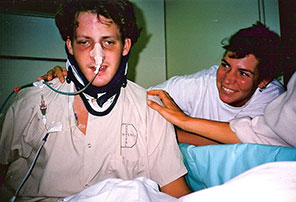 is an hour-long documentary on the daunting, courageous and inspiring journeys of recovery of four survivors of traumatic brain injury (TBI). Going the Distance won the Most Inspirational Film Award at its world premiere at the Oregon Documentary Film Festival in Portland, November 11, 2017. It was an award winner at the Hollywood International Independent Documentary Awards, 2018, and preselected at the Toronto Independent International Film Festival, 2018.
is an hour-long documentary on the daunting, courageous and inspiring journeys of recovery of four survivors of traumatic brain injury (TBI). Going the Distance won the Most Inspirational Film Award at its world premiere at the Oregon Documentary Film Festival in Portland, November 11, 2017. It was an award winner at the Hollywood International Independent Documentary Awards, 2018, and preselected at the Toronto Independent International Film Festival, 2018.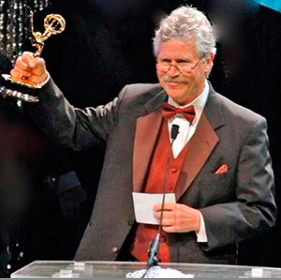
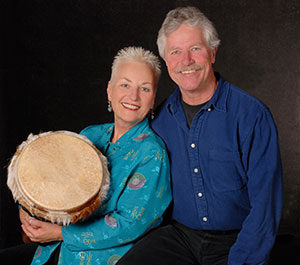 Keeper of the Beat: A Woman’s Journey into the Heart of Drumming won the Runner-Up for the Audience Award for Best Documentary at the 2013 Mill Valley Film Festival.
Keeper of the Beat: A Woman’s Journey into the Heart of Drumming won the Runner-Up for the Audience Award for Best Documentary at the 2013 Mill Valley Film Festival.
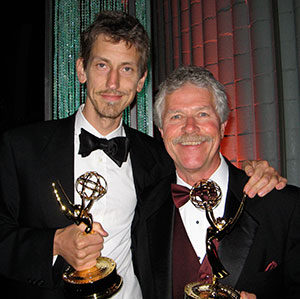 Keeper of the Fire is a half-hour documentary-in-progress exploring the life and work of activist poet Alejandro Murguia, a writer passionately involved with the social justice struggles of his times.
Keeper of the Fire is a half-hour documentary-in-progress exploring the life and work of activist poet Alejandro Murguia, a writer passionately involved with the social justice struggles of his times.